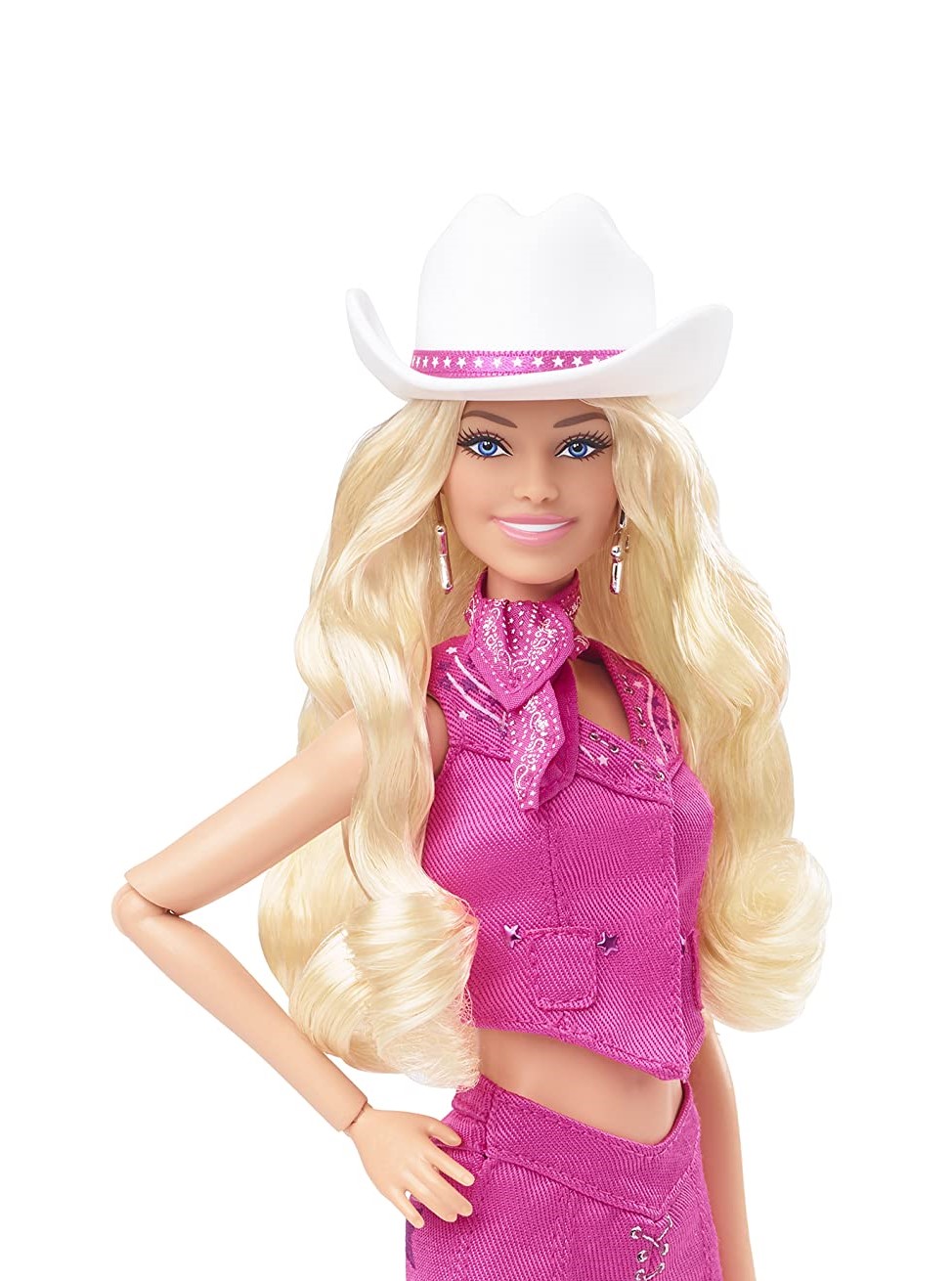
This Barbie doll is a rendition of Stereotypical Barbie. The term “Stereotypical Barbie” denotes the original and most widely recognized version of the Barbie doll, which has been in existence since its inception in 1959. This iteration of Barbie has faced criticism for “promoting certain stereotypes of beauty and gender roles.” (Barbiepedia, 2023). Barbie has evoked many criticism for advancing unattainable appearance standards and an intrinsically discriminatory portrayal of attractiveness (La Porte & Cavusoglu, 2023). Barbie’s appearance was derived from German doll named Lilli, resulting in Barbie being Caucasian, slim, tall, blonde with large blue eyes and prominent lips accentuated by make-up (La Porte & Cavusoglu, 2023; Barbiepedia, 2023).

Stereotypical Barbie from 1959
The development of Barbie marks a significant moment in shaping the narrowly defined beauty standards within a broader cultural and historical setting (La Porte & Cavusoglu, 2023). Throughout its history, Barbie has assumed various roles and occupations. However, some critique has centered on the doll's frequent portrayal in pursuits related to fashion, beauty, and luxurious living, potentially reinforcing notions that girls should prioritize appearance and femininity (Barbiepedia, 2023).
This idea of Western beauty and femininity is defined by “racialized beauty” (La Porte & Cavusoglu, 2023) focusing on European traits, mostly coupled with Caucasian bodily features. These features encapsulate fair skin and thinness as the main factors of the female beauty standards (La Porte & Cavusoglu, 2023). From a cultural standpoint, this Barbie’s stereotypical representation exemplifies the intricate interplay between beauty standards, racialized ideals and their significant influence on societal notions of femininity (La Porte & Cavusoglu, 2023).

Barbie's Caucasian bodily features
In addition to Barbie’s appearance, there has been extensive discourse in scientific literature and mainstream media regarding the proportions of Barbie’s body (Norton et al., 1996). Research by Norton, et al. (1996), has found that the probability for such a body shape is less than 1 in 100.000 people. This may sound like it is not so unrealistic, however, research (e.g. Dittmar et al., 2006) has found that scientifically, if Barbie were a real woman, then her waist would be significantly (39%) narrower compared to individuals with anorexia, and her weight would drop to a point where she would not experience menstruation (Dittmar et al., 2006).